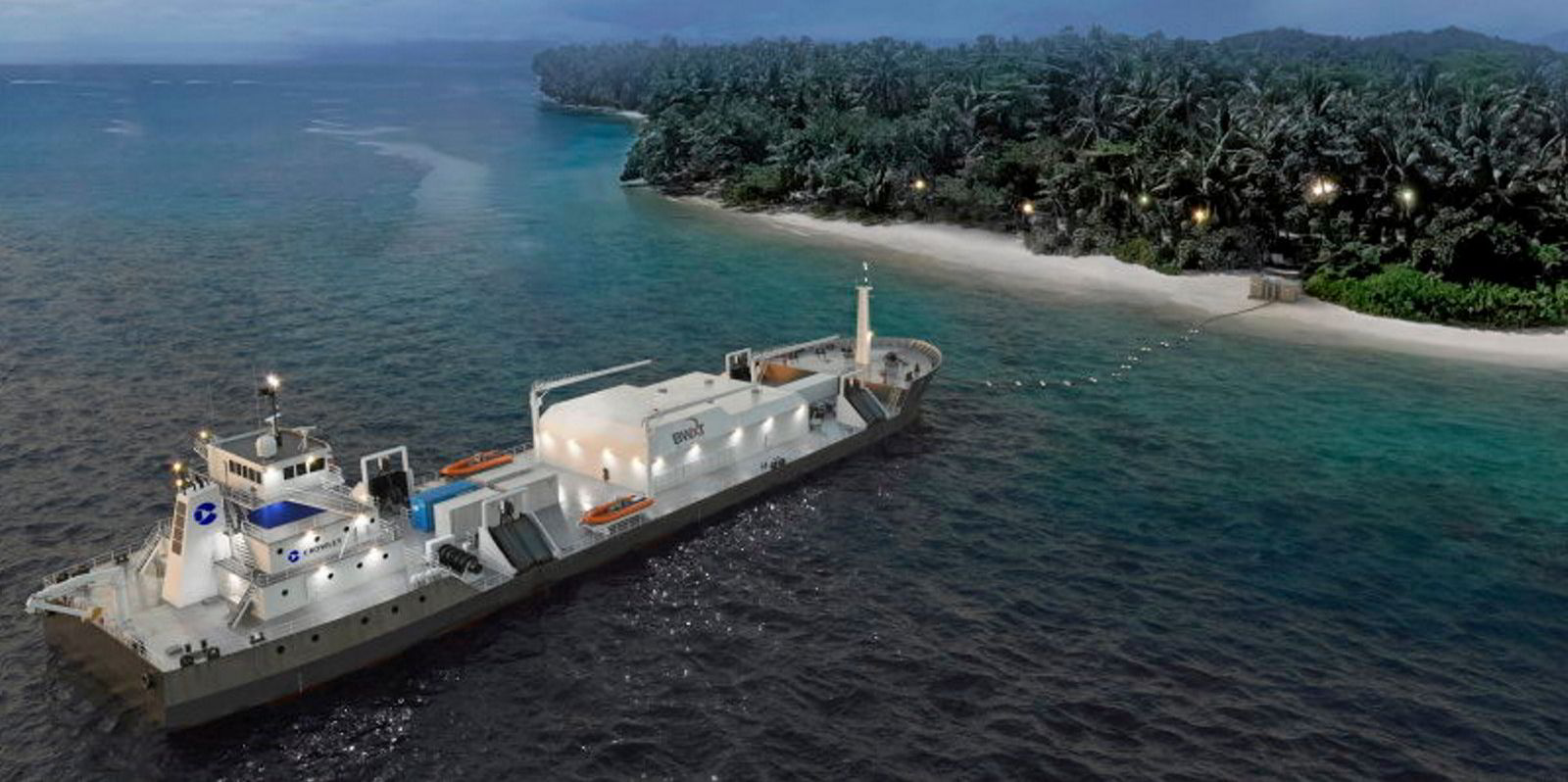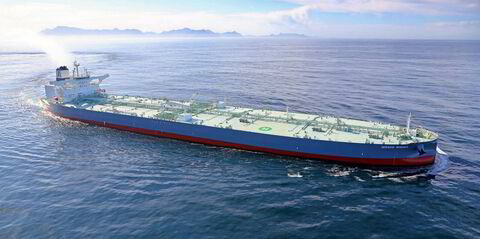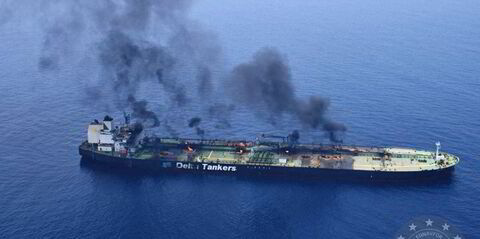Crowley has teamed up with a nuclear energy technology company to develop a vessel concept aimed at generating carbon-free atomic power for defence and disaster needs.
The Florida maritime conglomerate said it signed a memorandum of understanding with BWX Technologies (BWXT) to pursue opportunities to design and engineer its shallow-draught nuclear generation ships capable of delivering power to shore.
The 115-metre-long vessels would feature a microreactor that is made in a factory and installed in a shipyard.
With reactors of five to 50 megawatts, the ships would be used to, for example, supply energy to military bases on remote islands or provide power to utility grids after disasters.
Jeffrey Brunell, director of business development for Crowley Government Solutions, told TradeWinds that the effort remains at a conceptual stage, with a general arrangement for the vessel.
The companies have unveiled the concept as a way to bring the idea to potential customers before going into design work.
Shiju Zacharia, senior vice president and general manager of Crowley Government Solutions, said the cooperation with BWXT will move Crowley into the nuclear sector for the first time.
He couched it as part of the company’s commitment to sustainable alternative energy sources.
“This concept supports the US Department of Energy’s goal of maintaining US leadership in nuclear energy technology as well as many of the US Department of Defense’s strategic goals for operational energy,” he said.
Crowley and BWXT are both familiar names to the US government.
The shipping company provides vessels and ship management services to the military, while BWXT is already a leading supplier of nuclear components and fuel to the federal government.
Joe Miller, president of BWXT Advanced Technologies, told TradeWinds that high-temperature, gas reactor technology has been around for more than six decades, and his company has been manufacturing the fuel for over 15 years.
But last year, the company won a contract to provide the Department of Defense with the first advanced microreactor in the US, with the prototype to be completed in 2024 for testing at the Idaho National Laboratory.
Such microreactors are transportable and can meet a variety of needs for the military.
“It’s hyper-focused on logistics. It’s hyper-focused on energy on demand,” Miller said.
“And when you couple that with the physics attributes of a high-temperature gas reactor, it’s the perfect combination of technology — something that’s logistically friendly and operationally friendly for a barge-mounted power supply.”
Supplying power to remote regions is seen as crucial for the US at a time when the Asia-Pacific is a key area of military focus.
Brunell pointed to the example of World War II, when the Pacific campaign involved island hopping, but Crowley and BWXT envisage other scenarios.
“Imagine if we had this vessel ready after Hurricane Maria hit Puerto Rico, and we were able to roll into San Juan harbour and power the grid there,” he said.
“During high cruise season in Seattle, where there’s a lot of demand on the power grid, what if this vessel was able to put a little bit more power onto the grid to support power for the port?”





